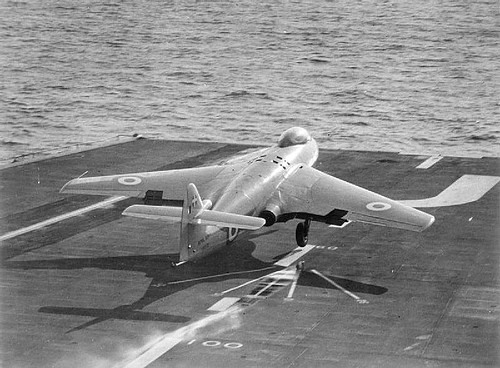Dumb question but why did they rebuild VIC and not just go straight to the two newest carriers?
If you mean Implacable and Indefatigable I don't know. However, I will hazard a guess is that they were newer, had seen less war service, were therefore in better condition and didn't need to be rebuilt before the earlier ships.
Also up to about 1948 the plan was to rebuild all 6 ships of the Illustrious type.
As often happens, older ships of a given class tend to get rebuilt/updated first, with newer ships scheduled later. At some point, the treasury or exchequer rears his ugly head, the rebuilds/updates for newer ships get cancelled, the now badly out-of-date newer ships get sloughed off to the breakers and the older modernized ships have to carry on.
So if that's true, why was Victorious first, and not Illustrious? War damage to Illustrious had warped her hull; with the flight deck as the strength deck, the hangar becomes a large void within the hull girder. Whether that could have been repaired with a full Victorious-style rebuild, I don't know, but I imagine it would have added considerable cost if possible.
I agree, the RN should have done Implacable and Indefatigable first, as they were the newest, had a four-shaft arrangement and had very little time on them. IIRC, Implacable was a training carrier post-war but even that isn't exactly hard service. With the rapid onset of navalized jets, operations from the Illustrious class would likely have been increasingly risky, plus the innovation of the angled deck changed carriers, so in my opinion the full rebuild was a necessity if the ships were to be kept or in service as carriers. To me. and I admit with hindsight, the wiser course would have been to rebuild the Implacables, make Indomitable (reboilered from 1948-50) an LPH/commando carrier and send Illustrious, Victorious and Furious to the breakers.
I have to admit, I do like the idea of the Implacables being re-cast as a 27,000 ton design. Even if their air group isn't much larger, they would have more stores for sustained operations, and thus would be even more valuable when rebuilt in the jet age.
My thoughts,
